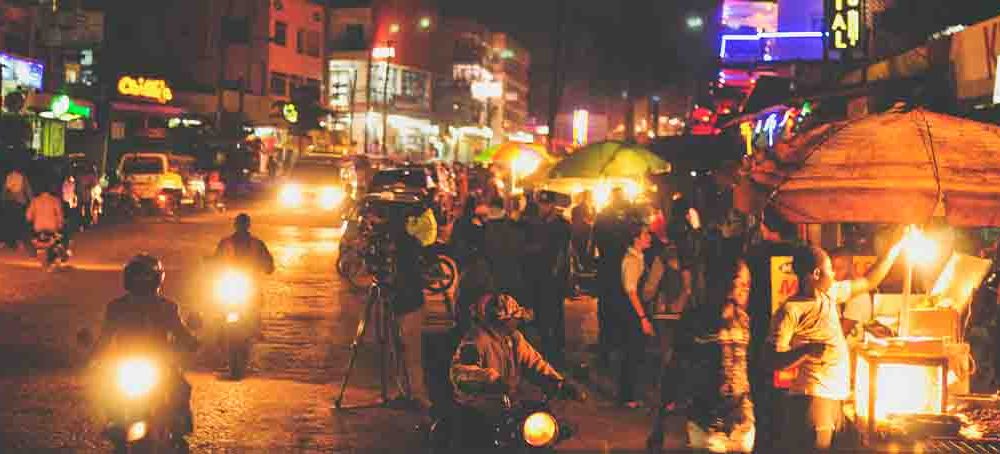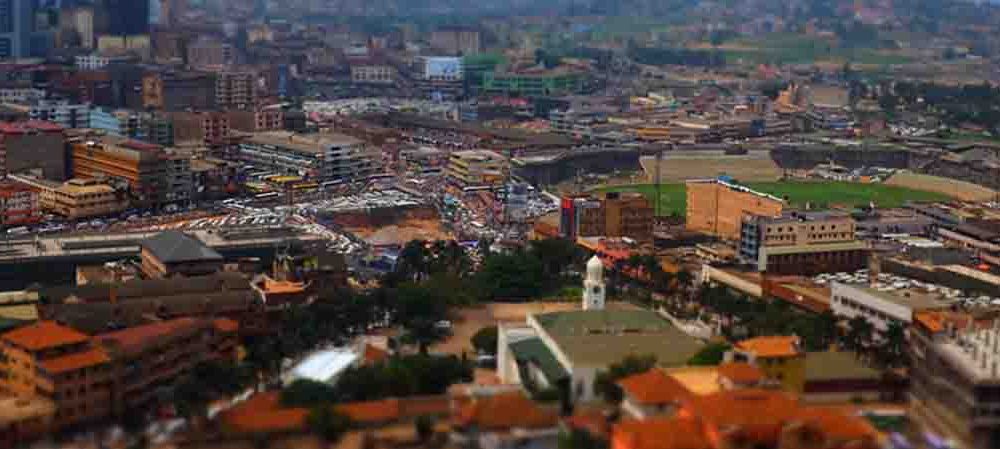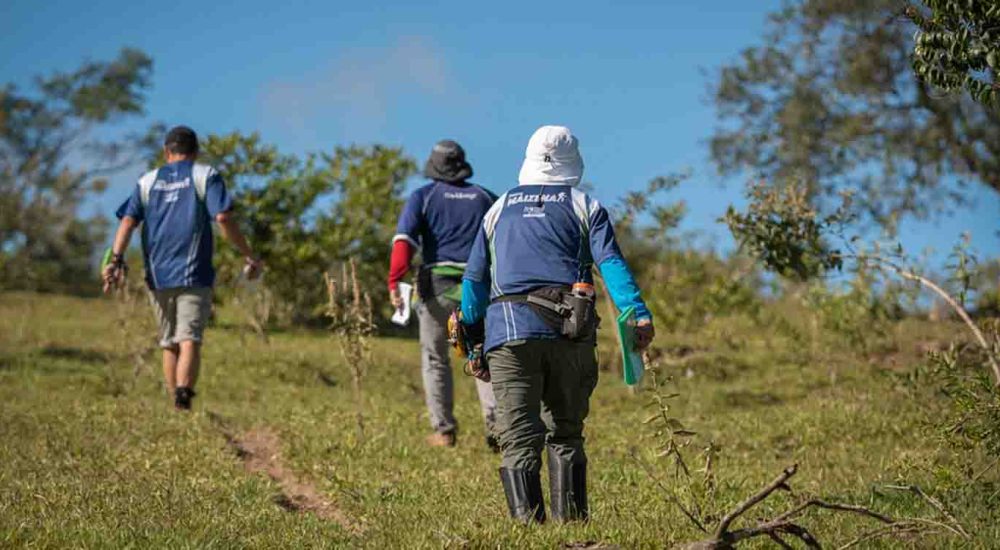KAMPALA AND ENTEBBE NIGHT LIFE Uganda is the finest spot for any traveler seeking nightlife…
Mabira Forest as a rainforest and the safari activities that take place there
Mabira Forest as a rainforest and the safari activities that take place there
Forests are places where the rush of pleasure meets a carousel of variation. They are always worth our attention, whether they differ in substance or not! A 45-minute trip down the Kampala-Jinja highway will take you to one of the best: Uganda’s vast Mabira forest. This forest, located in Uganda’s central region and spanning a total land mass of 300 square kilometers, is yet another location of value and distinctiveness. The forest, which spans the districts of Mukono, Buikwe, and Jinja, is now Uganda’s second biggest naturally existent forest.
Mabira forest has long been noted for its abundance of the notable East African Mahogany tree species, which is a hard wood tree species. It is one of the main forest tourism attractions with a variety of enjoyable activities due to its unique biodiversity and ecological sceneries. This forest, like the commonly recognized forest National Parks (Bwindi Impenetrable, Mgahinga Gorilla Park, and Kibale Forest), will give a comparable experience to those of the forest parks. The botany on show is flawless in every way, with a limitless amount of green leaves and plant types.
The Mabira forest in Uganda is a real bio-diversity hotspot, thanks to the variety of natural living forms it supports, which includes plants, animals, and many more. More than 315 bird species, 200 indigenous tree species, and 40 animal species, 9 of which are primates, have been recorded here. Bush pigs, blue duikers, red-tailed monkeys, Mangabeys, and other species are among them. The 300km length of land is heavily covered by a lush green carpet of high-standing evergreen vegetation. The majority of the trees in this area are mature, having grown over hundreds of thousands of years. A lot of the trees in the various sections have high canopies.
Safari Activities to do when visiting the Mabira forest in Uganda.
Mangabey tracking is an uncommon pastime in Uganda. However, because Mangabeys grow here in vast numbers, this woodland offers the ideal Mangabey experience.
Birding activities are ideal here. Birding may be done at any time of day and will increase your chances of seeing birds. The chilly climate beneath the forest cover keeps the birds within and below the canopies in this scenario. Similarly, in some areas of the forest, tall softwood trees with high-standing canopies will improve low-level flying bird visibility. A bird watcher might enjoy such an experience at his or her leisure during the day. This is part of what makes the Mabira woodland Uganda experience so spectacular.
A love of nature would motivate many tourists to go on nature walks. Within the forest, there are several pathways dedicated to nature hikes. These routes range in length. Nature walks typically take two hours, although extra time periods may be added based on the interests of the visitors. When going on a nature walk, it is customary to have a backpack with basic snacks or prepared meals. To be drunk when walking in nature. Heavy clothing is also advised since the forest floor is chilly most of the year and to account for sudden changes in climatic circumstances. Nature treks in forest and savanna environments are available.
Team-building exercises while at Mabira forest
Biking activities are also available. Trails have been established to make biking within the forest an enjoyable experience.
Ascending hills and lowering valleys are involved. Hiking activities throughout the steep terrain might be fantastic as well. Bicyclists are expected to bring either a soft drink or water. Meanwhile, trekkers should bring their own meals.
Forest-canopy Zip-lining is another unforgettable activity.
A number of zip lines have been installed, and more are on the way to enhance the experience. Zip lines of at least 100 meters in length. It is a highly safe and secure pastime since sturdy materials were utilized to construct them and continual regular maintenance is performed.
Camping. Many people are drawn to the extreme nature and untamed setting of adventure. As a result, they would choose to go camping. Camping is permitted only in certain areas of the forest.
The forest management provides a group of guides and rangers to safeguard and guide them during their journey. Camping sessions might range from as little as a day to as much as a week if a tourist requests it. Campers are asked to move along with food, camping tents, sleeping bags, or anything else is needed for a brief adventure in this situation. Mabira Forest Lodge Uganda is another option.
Experience the Griffin falls
Griffin Falls in Mabira is a must-see tourist attraction that enhances the Mabira woodland Uganda experience. Most visitors to this park make an effort to get to this point. The tranquil falls are both fascinating and magnificent. The Griffin Falls Campground allows camping near the falls. It would be a relaxing pleasure to watch the water raft float downstream. Griffin Falls may be reached after a 30-minute hike through the gorgeous rainforest. The falls are bordered by rocky formations, adding to the already diverse scenery.
Visits to cultural sites throughout your Mabira woodland Uganda trip.
There is so much to learn from the Basoga, who live right next to the jungle. Elders in these communities have a lot to say about the history of the forest, and they may also comment on any religious or cultural links to the forest. These woods have also helped the people that surround them. These might be cultural or economic in nature. Sugarcane producers on the fringes of the forest supply the sugar factory at Lugazi. Local botanists from the communities are well-versed in these plant species and their significance. These extracted plants have been used in a variety of ways, the most common of which are food and herbs. This information is useful for exploratory botanists.
Cultural dances are an important component of cultural tourism. Among the Banyoro, Runyege is a renowned traditional dance done by community members; it is worth viewing, and tourists have been compelled to learn the dancing methods from these communities on their own initiative on multiple occasions. Members of the community also participate in cultural and traditional crafts. The majority of the goods utilized in the local craft industry come from forest ecosystems (clay, wood, timber, herbaceous plants). It would be a fantastic opportunity to learn about the inventiveness and workmanship of these locals. A trip to the Mabira Forest in Uganda may be rounded off with a trip to the source of the world’s longest river, the Nile, where recounting stories becomes a legend.


